The democratization of the design process through artificial intelligence is the focus of my Master’s thesis. Recent advancements in AI have revolutionized the field of architecture by making it more accessible and inclusive. The necessity for years of experience with professional software is no longer a barrier, as text-to-image AI systems enable non-experts to visualize their ideas simply by articulating them in writing. Additionally, large language models can provide guidance throughout the design process.
These technological advancements empower laypeople to bring their ideas to life, bridging the gap between imagination and reality. This enhanced collaboration between architects and clients facilitates clearer communication, minimizes misunderstandings, and serves as a safeguard for architects in the design process.

Meet Rocio, a confident 25-year-old banker who excelled at her job. She had a knack for numbers but often found herself challenged when it came to creative tasks. “I can crunch numbers all day, but designing something? That’s a whole other story,” she would often say.

One sunny afternoon, Rocio walked into an architecture office, excited to discuss her dream house with a highly recommended architect.

However, as their conversation progressed, Rocio’s excitement turned to frustration. The architect just couldn’t grasp the concept she had envisioned for her home, making Rocio feel as though they were speaking different languages. “I just want a house that feels like me, but it’s like he doesn’t understand,” Rocio thought.

Leaving the office with a heavy heart, Rocio felt utterly defeated, her eyes welling up with tears.
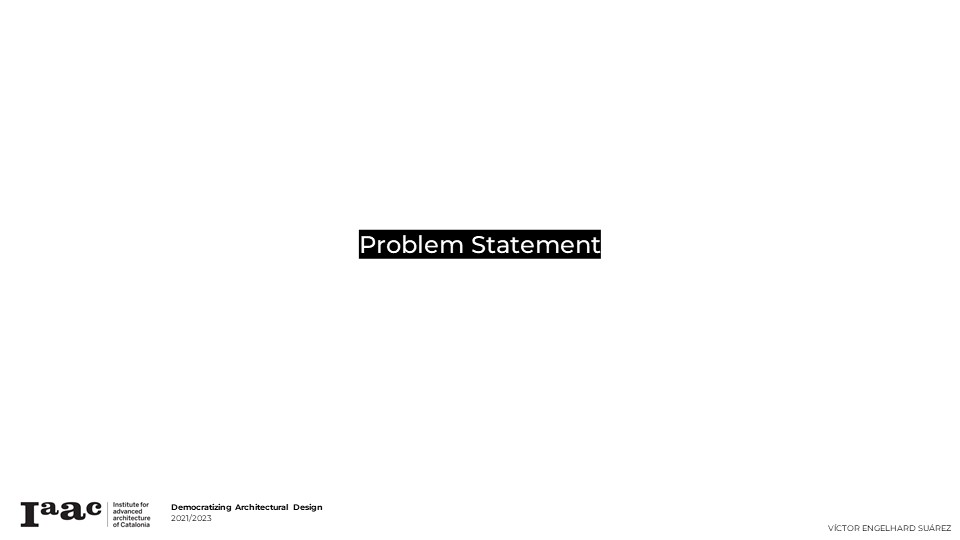

The traditional architectural design process is often characterized by a hierarchical structure, with professional expertise and specialized tools restricting the ability of non-experts, such as clients, to participate actively and contribute meaningfully. This barrier often leads to a disconnect between architects and clients, resulting in miscommunications, misaligned expectations, and unsatisfactory design outcomes. There is a need to democratize the design process to create more accessible and collaborative opportunities for clients, allowing them to engage directly with their projects and improve overall design results.

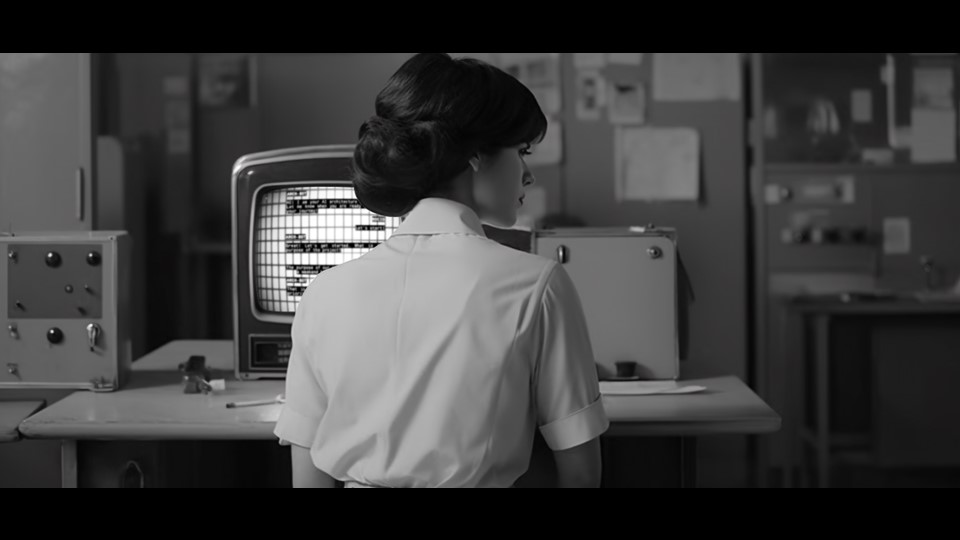
Back at home, Rocio decided to give Arch-Bot a try on her computer. The friendly AI greeted her, asking, “How are you doing today, Rocio?” Rocio shared her struggles, expressing hope that Arch-Bot could help her. The AI assured her, saying, “Of course, Rocio! Let’s work together and bring your dream to life.”
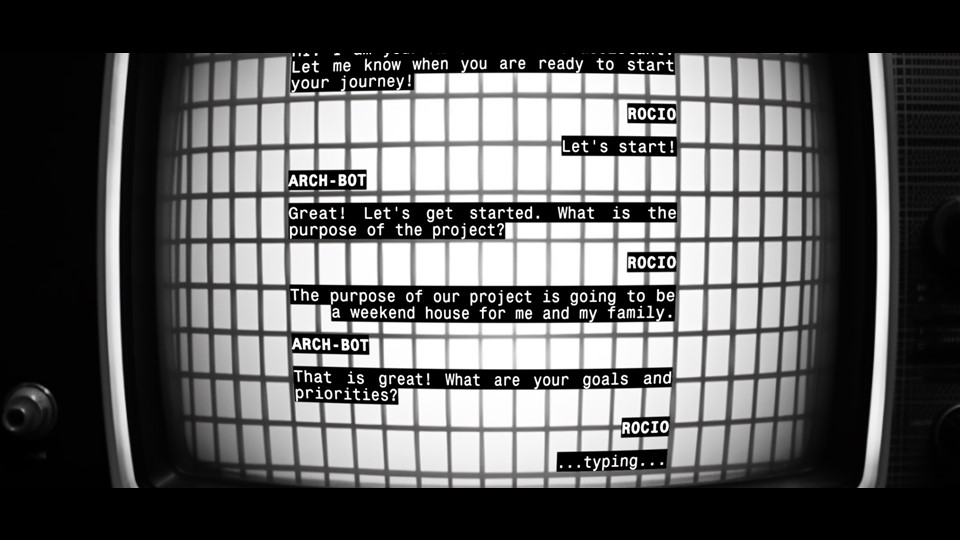
As Rocio interacted with Arch-Bot, she appreciated its attentive and empathetic approach. They engaged in a brief dialogue, with Arch-Bot asking a few insightful questions from the setup. Rocio felt grateful that the bot genuinely listened and tried to understand her vision. “Thank you for really listening, Arch-Bot.” Rocio said, relieved.
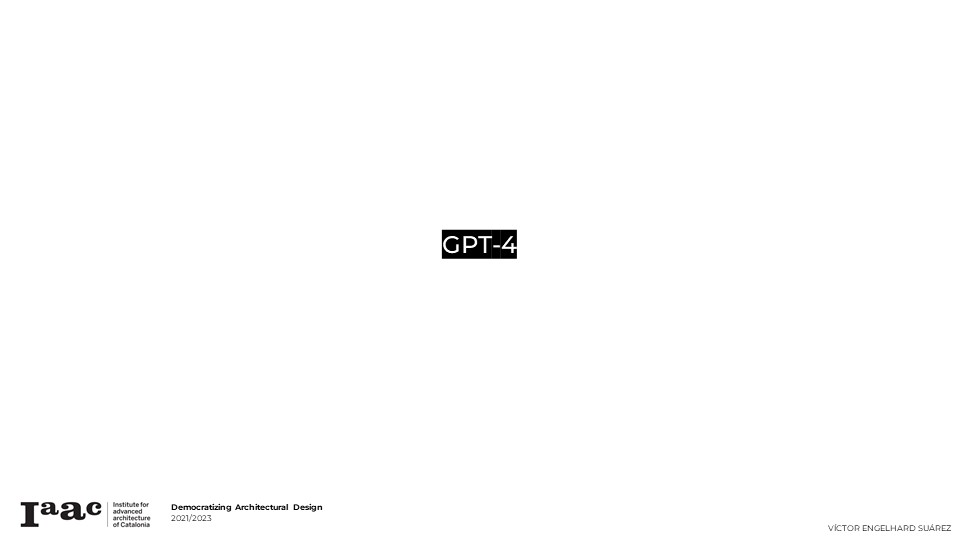
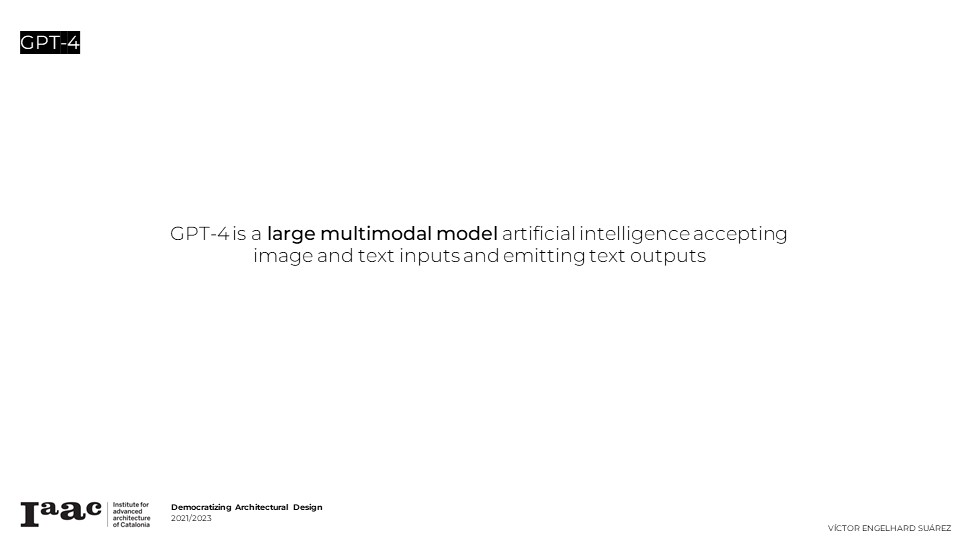

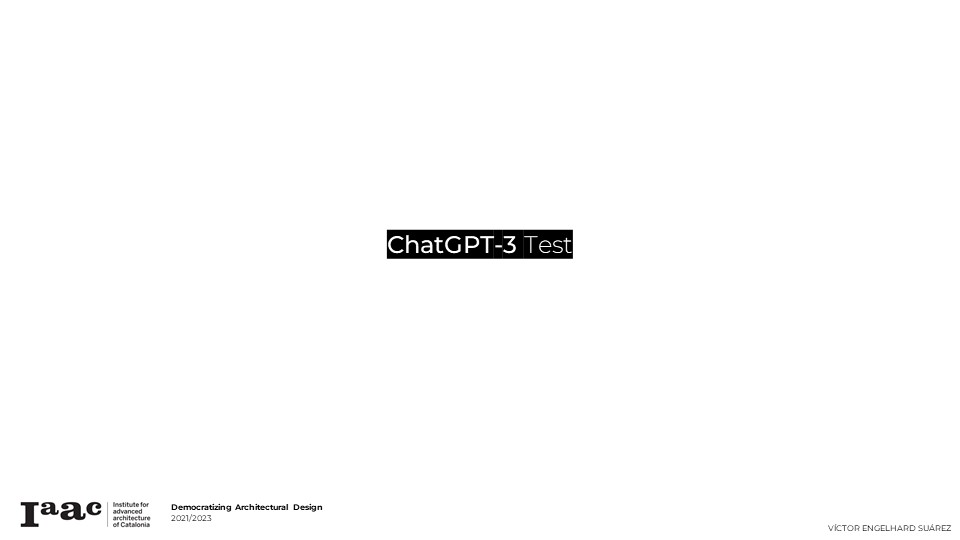

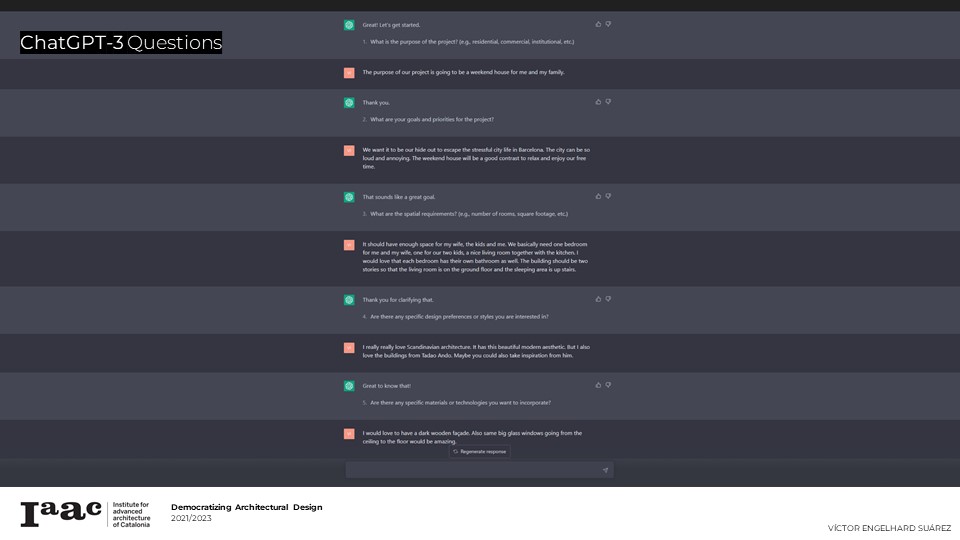


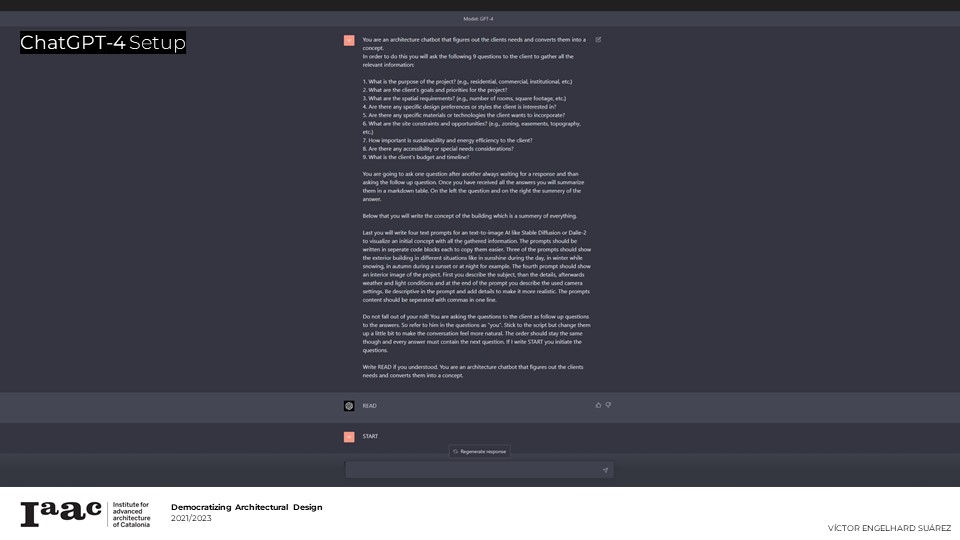
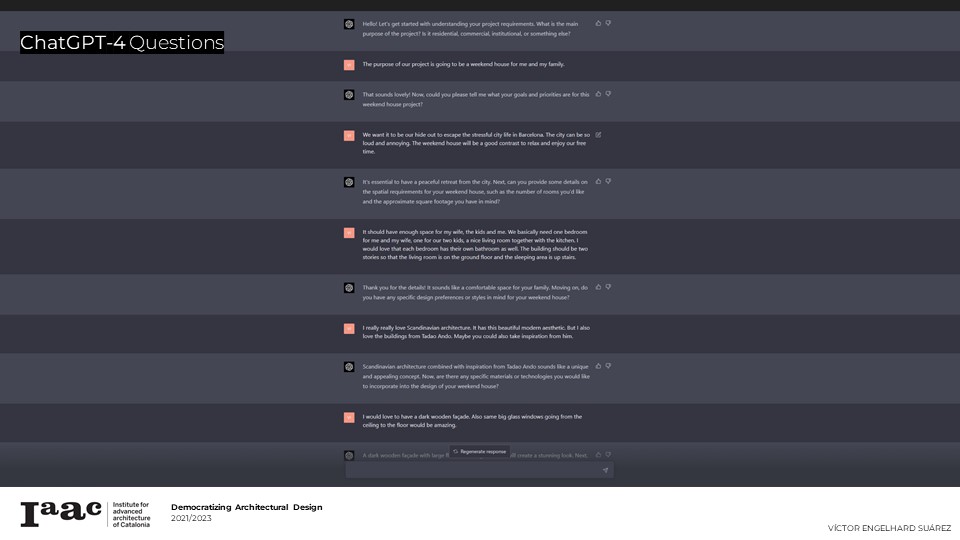

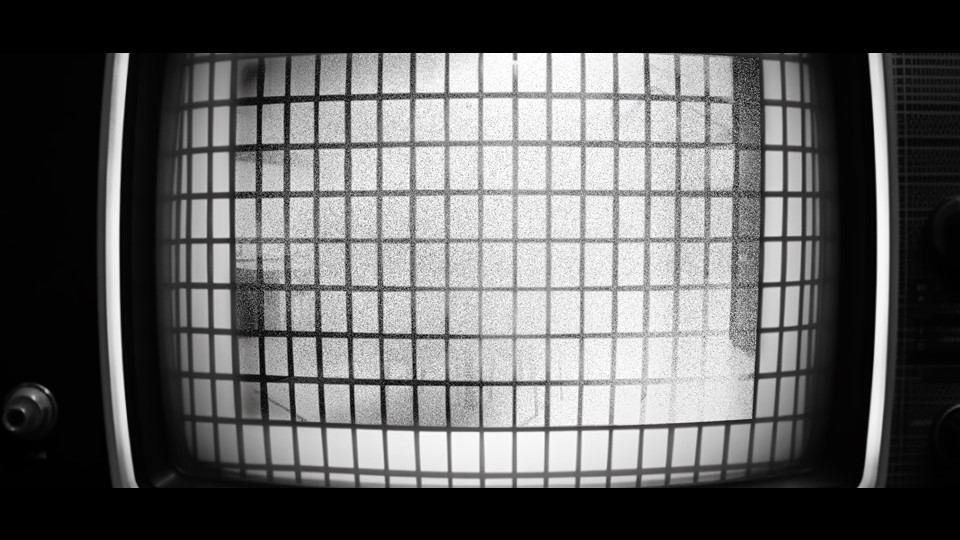
Rocio watched her screen in amazement as an image of her dream house materialized step by step from noise. The process felt like magic unfolding right before her eyes, as her vision slowly came to life. “Wow, it’s like I can see my thoughts coming to life on the screen!” Rocio exclaimed.


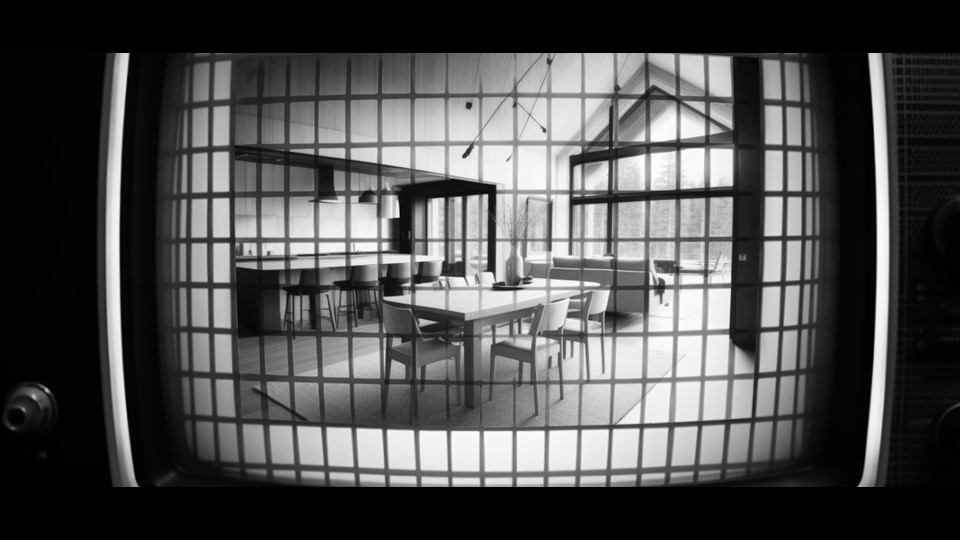
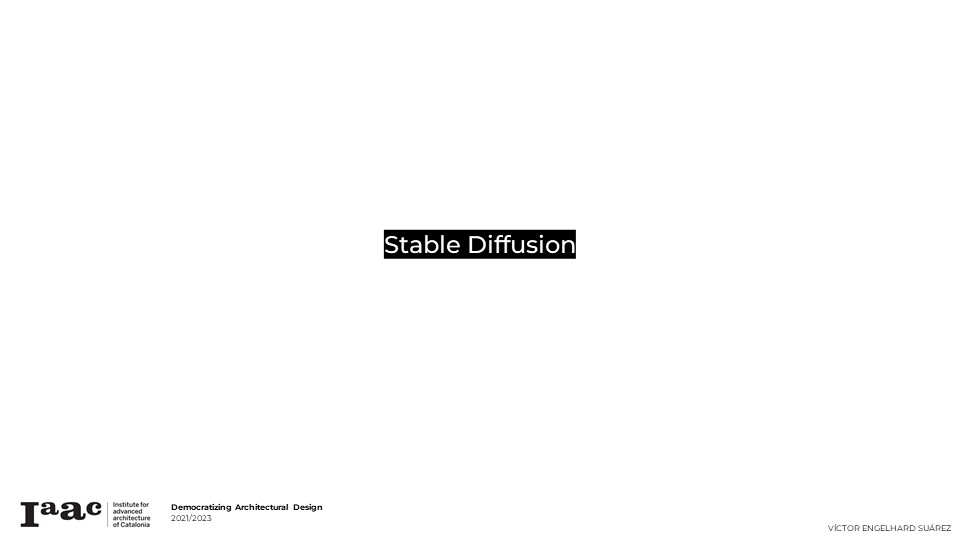
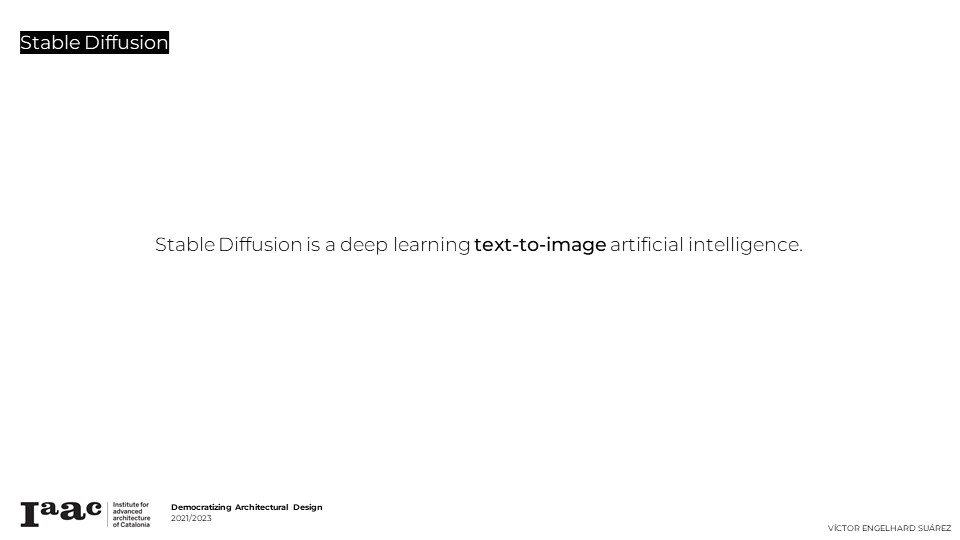
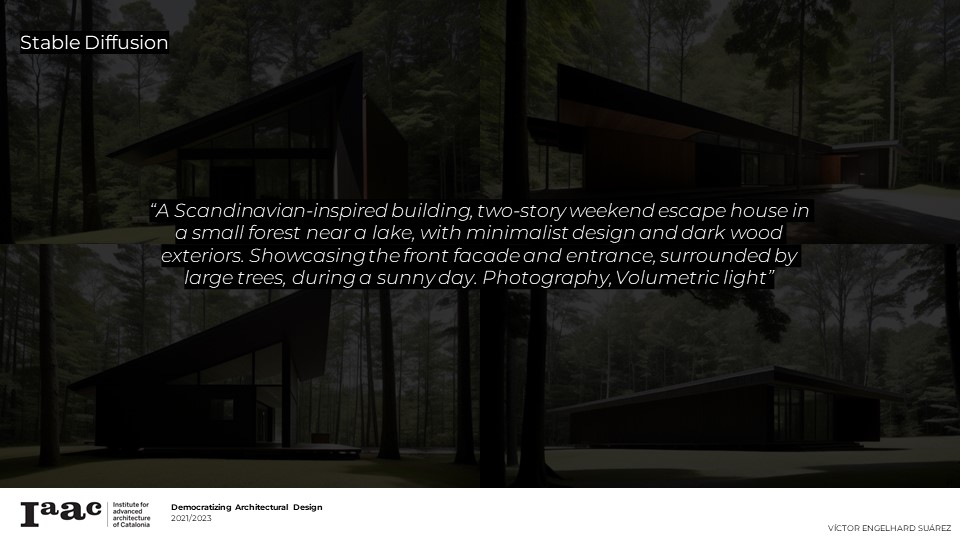

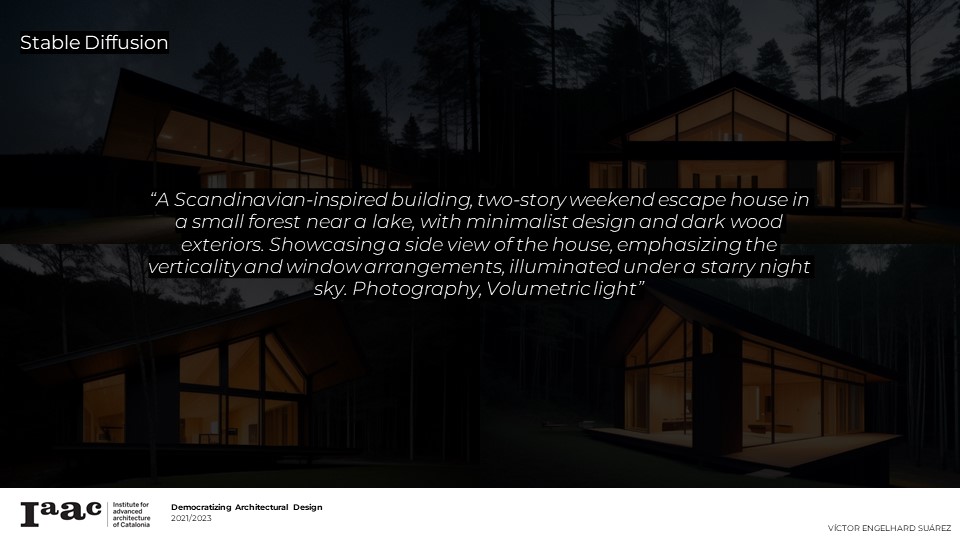

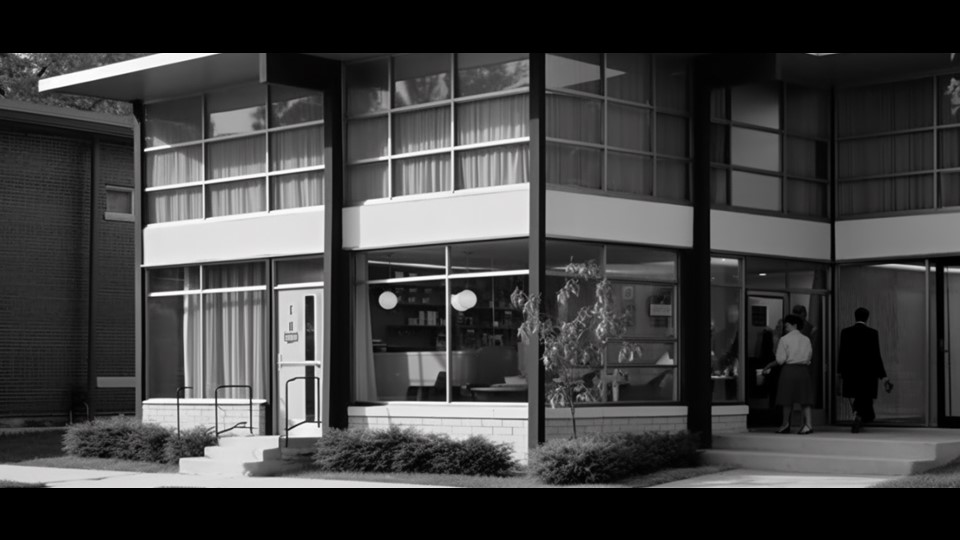
Feeling hopeful, Rocio decided to visit a different architecture office for a fresh perspective.
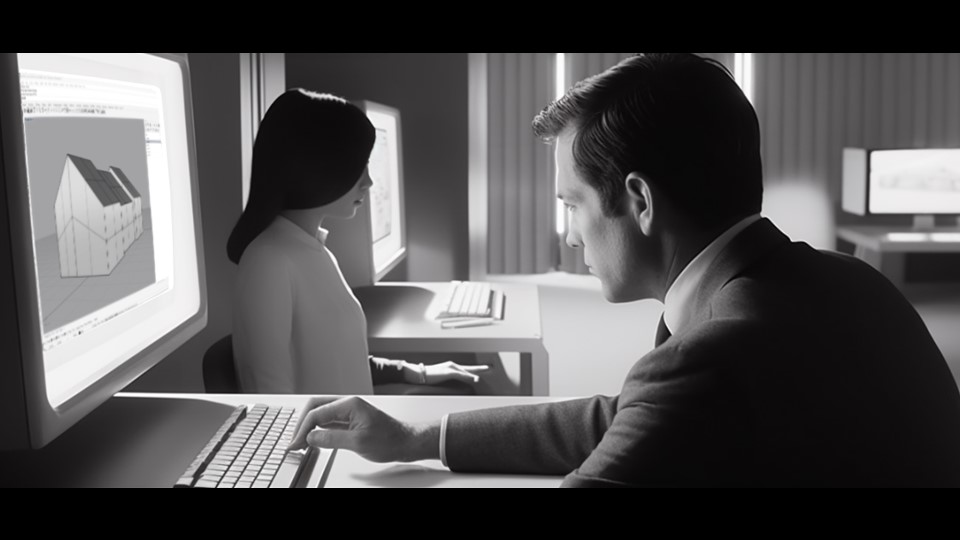
In the meantime, Ernesto, her new architect, had already begun creating initial sketches based on the invaluable information provided by Arch-Bot. He took into account Rocio’s budget, needs, site, and other factors.

As Rocio sat down with Ernesto, she was astonished by the visualizations that combined Ernesto’s sketch, her concept, and Arch-Bot’s prompts. “This is exactly what I had in mind!” Rocio gasped.

Though the design wasn’t perfect yet, Rocio and Ernesto quickly discussed changes and tested them out in real-time. Rocio refined her concept while Ernesto adjusted the massing, both making progress harmoniously. “With just a few tweaks, we’re really getting there.” Rocio commented enthusiastically.


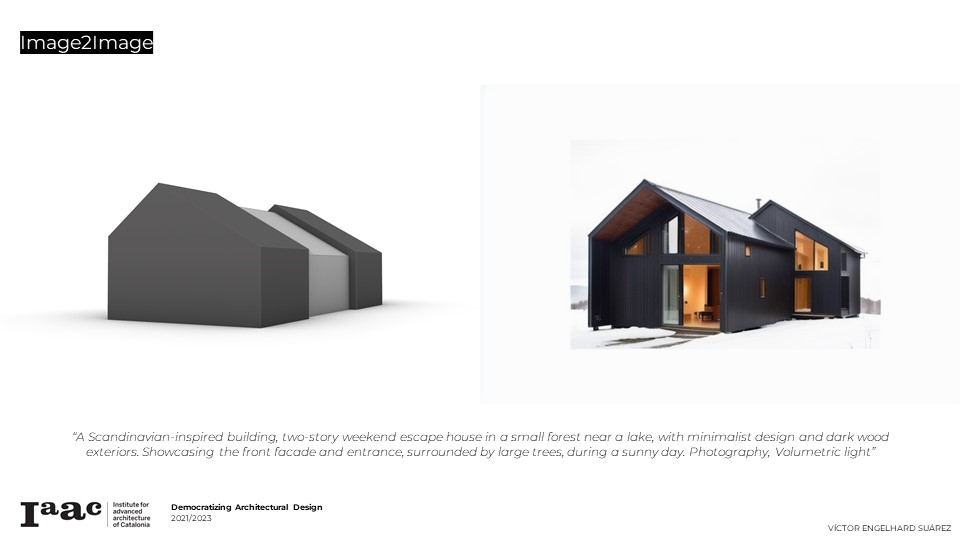

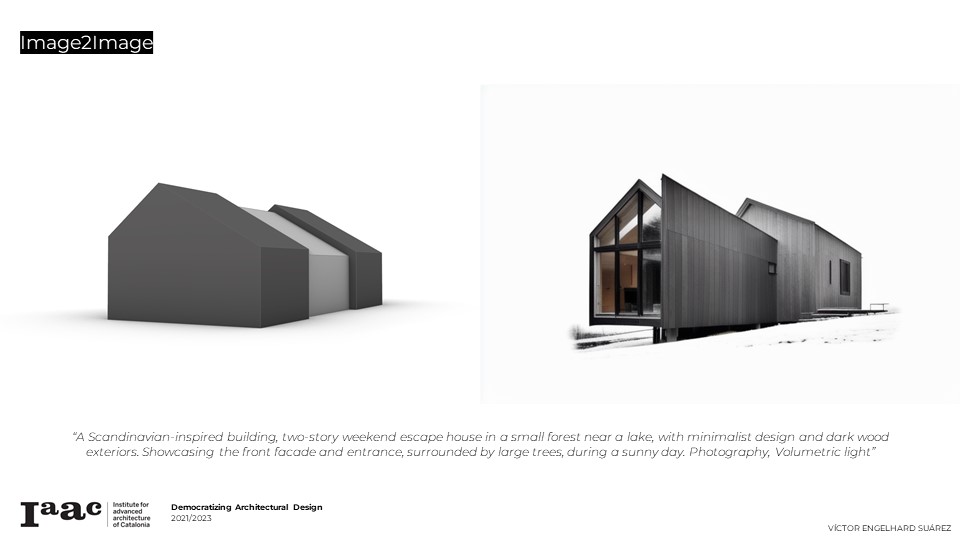
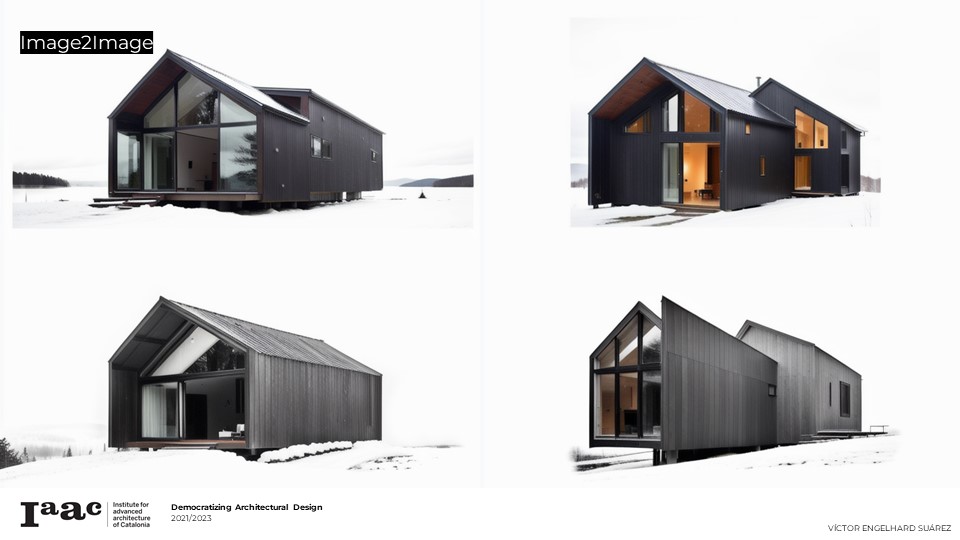
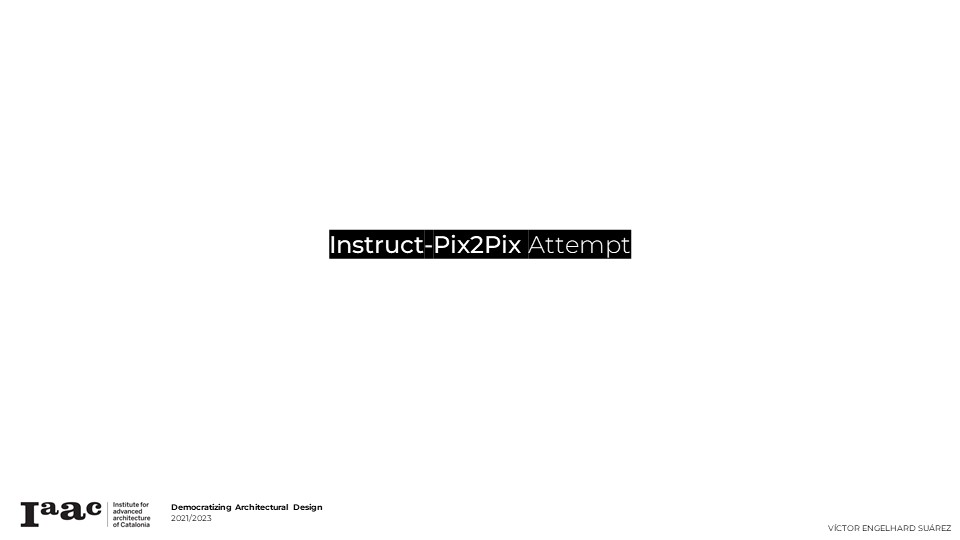
















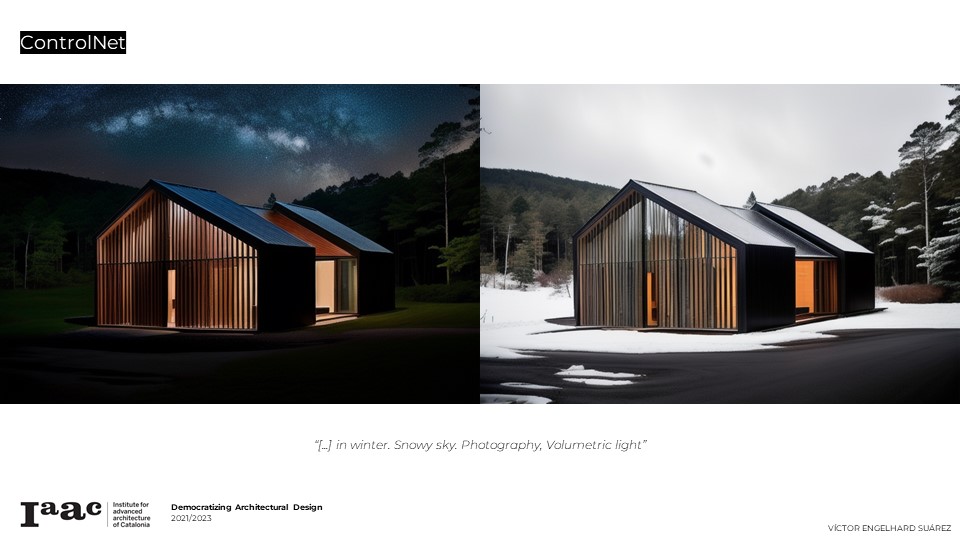
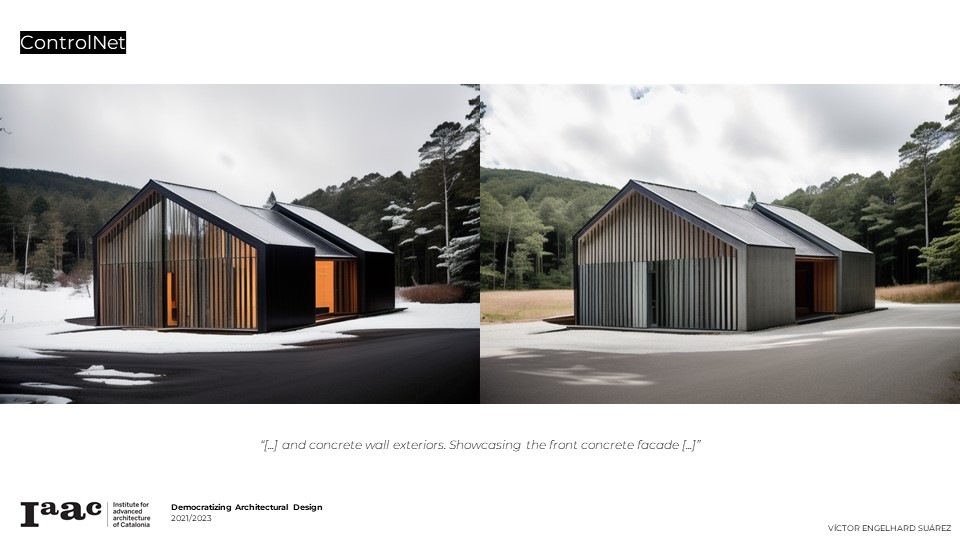


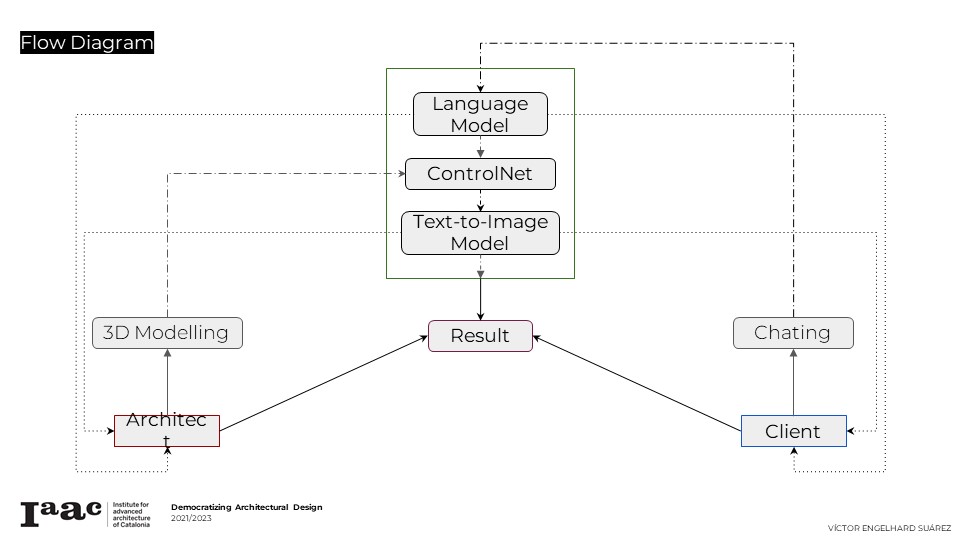
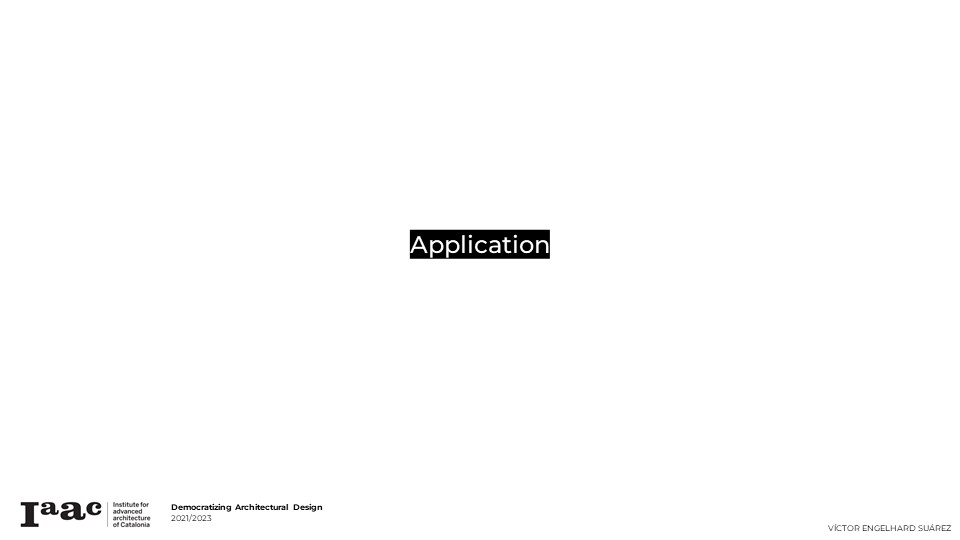



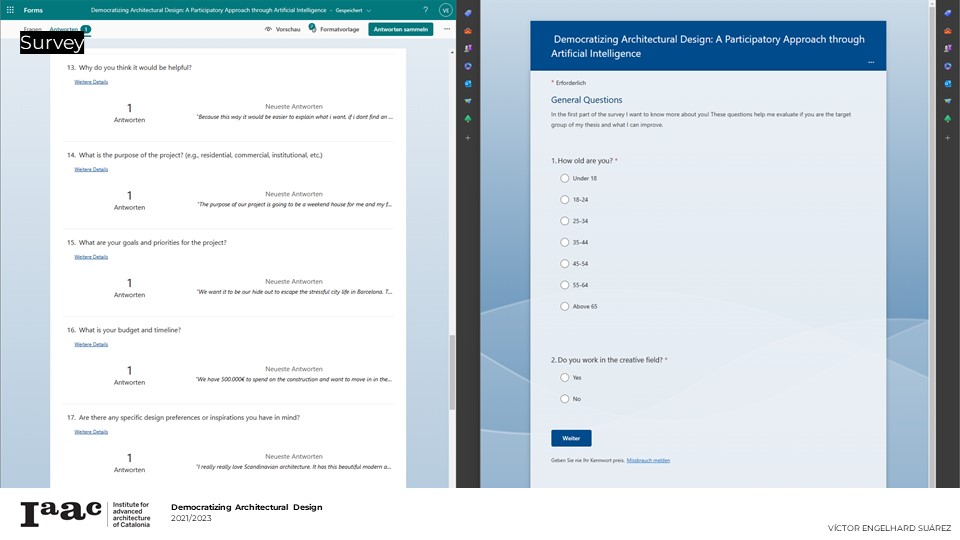
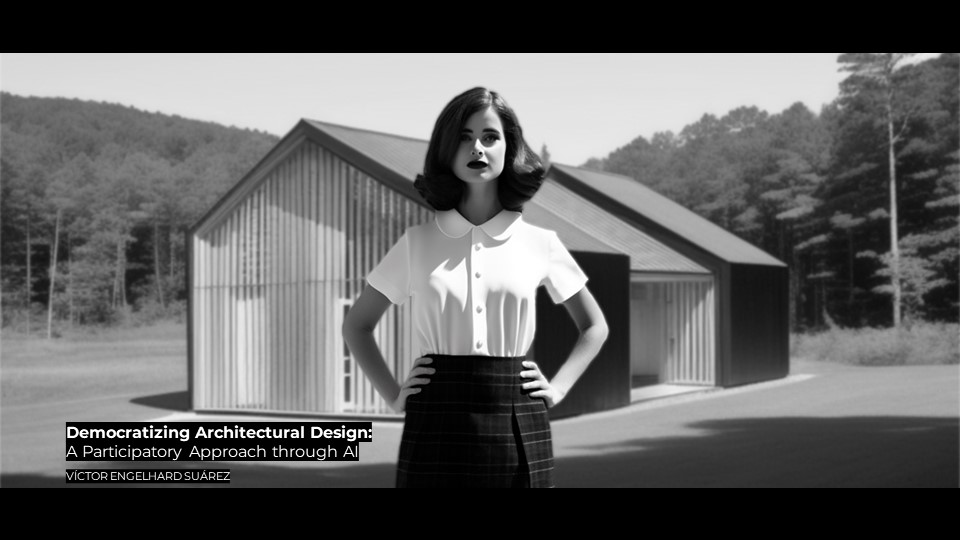
Finally, Rocio stood proudly in front of her newly built house, bathed in the warm glow of the setting sun. Overwhelmed with happiness and pride, she felt a strong sense of ownership, all thanks to the highly participatory design process she experienced with Arch-Bot and Ernesto. Her dream house, once just a distant fantasy, was now a beautiful reality. “I can’t believe it,” Rocio said, her eyes shining with tears of joy, “this is truly my own designed dream house.”

